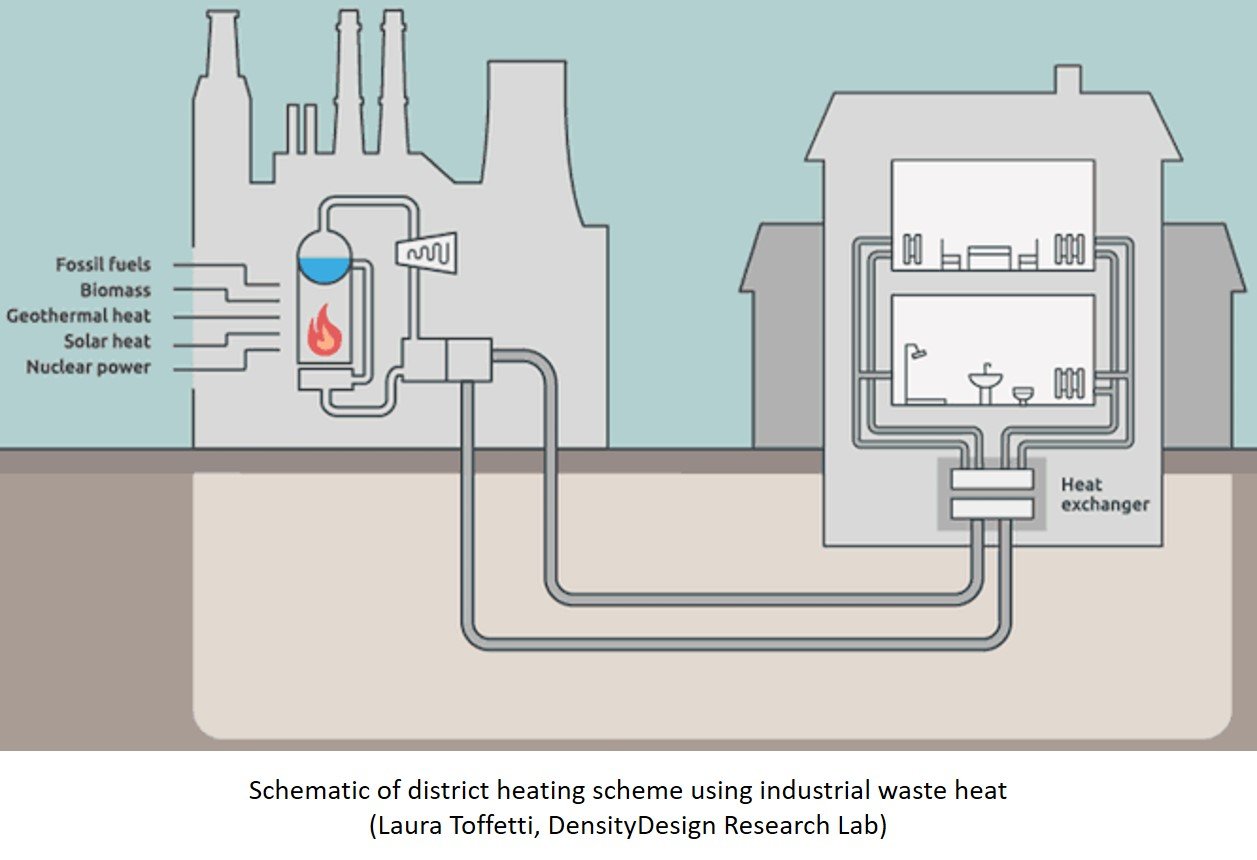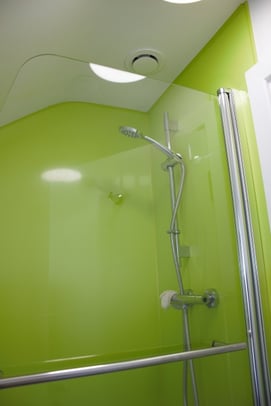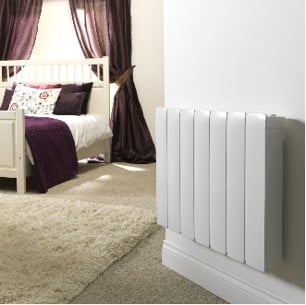
District heating schemes use a single powerplant to provide heating and hot water to many buildings. They have been promoted as important in decarbonising the British...
In the last 10 years, there has been a major change to how buildings have been built, which has seen a substantial reduction in the amount of energy required for space heating. While the energy required to heat Domestic Hot Water (DHW) has remained the same, the portion of the total energy for the DHW has grown substantially, typically becoming the biggest use of energy in the building. This has brought a focus on how to heat, store and distribute that water around a building.

The design of the heating system for DHW should be undertaken together with the building’s heating and ventilation systems, as they will have an impact on each other and how their requirements are met. The DHW will also have an impact on the SAP calculations, where applicable, which is required for building regulations sign off.
There are two methods of heating DHW: instantaneous and stored systems. Instantaneous tends to be installed in small properties with one bathroom, to save space and cost by not having a hot water tank. When a hot tap is turned on the heating device instantaneously heats the DHW, but to be able to heat the water fast enough to meet the user's demand, the boiler often has to be oversized for the properties space heating needs.
Larger buildings and lower energy buildings tend to have a hot water tank or thermal store. Having a DHW tank can allow a smaller boiler/heat source to be used as it does not have to heat the water as fast as it is used. Not only can having a store of DHW allow several baths to be run at once but also allows the water to act as an energy store. Water has a high ‘specific heat capacity’ which makes it good for energy storage, and the ability to collect energy when it is available, but not needed immediately, is very useful.
Some examples of this would be:
solar panels generating energy during the day for use at night
log stove with back boiler which may only be lit weekly. In the case of a log burner, without the ability to dump the heat into the thermal store, it is likely to produce too much heat to be usable in a modern, well insulated home.
micro heat pumps can collect heat extracted from exhaust air. Instead of being vented to outside, the energy is used to heat the DHW, the waste product is cold air that can be reused in summer to help cool the building.
heat sources that can’t easily regulate their power output, such as solid fuel boilers, can heat a large mass of water that is slowly drawn off as required.
Many modern hot water tanks and thermal stores allow multiple heat sources to be used as their heat becomes available and often have an electrical immersion heater as a backup. Depending on the installation, the water in a thermal store may be portable water, but as this can cause limescale deposits at higher temperatures is more often treated water. If this is the case, then heat exchanges in the thermal store will be used to heat the DHW.
The distribution on DHW around a building also needs to be considered. This is often done with a secondary circulation pump (or bronze pump). Badly designed or controlled systems can result in large internal energy gains to the property, which can contribute to overheating. Constant reheating of DHW tanks can cause ‘short cycling’ of boilers which will reduce their life and waste energy.
The installation of hot water systems and pressurised storage vessels is regulated by both building regulations and HSE. Monitoring and proper control of the DHW system is required to prevent Legionella disease and there are different requirements for commercial and residential properties.
Please take advantage of our free energy consultation which will take you through the hot water options for your specific project;

District heating schemes use a single powerplant to provide heating and hot water to many buildings. They have been promoted as important in decarbonising the British...

There are many innovations transforming building services driven mainly by the huge challenge of achieving Net Zero targets. In a series of articles, we look at these...